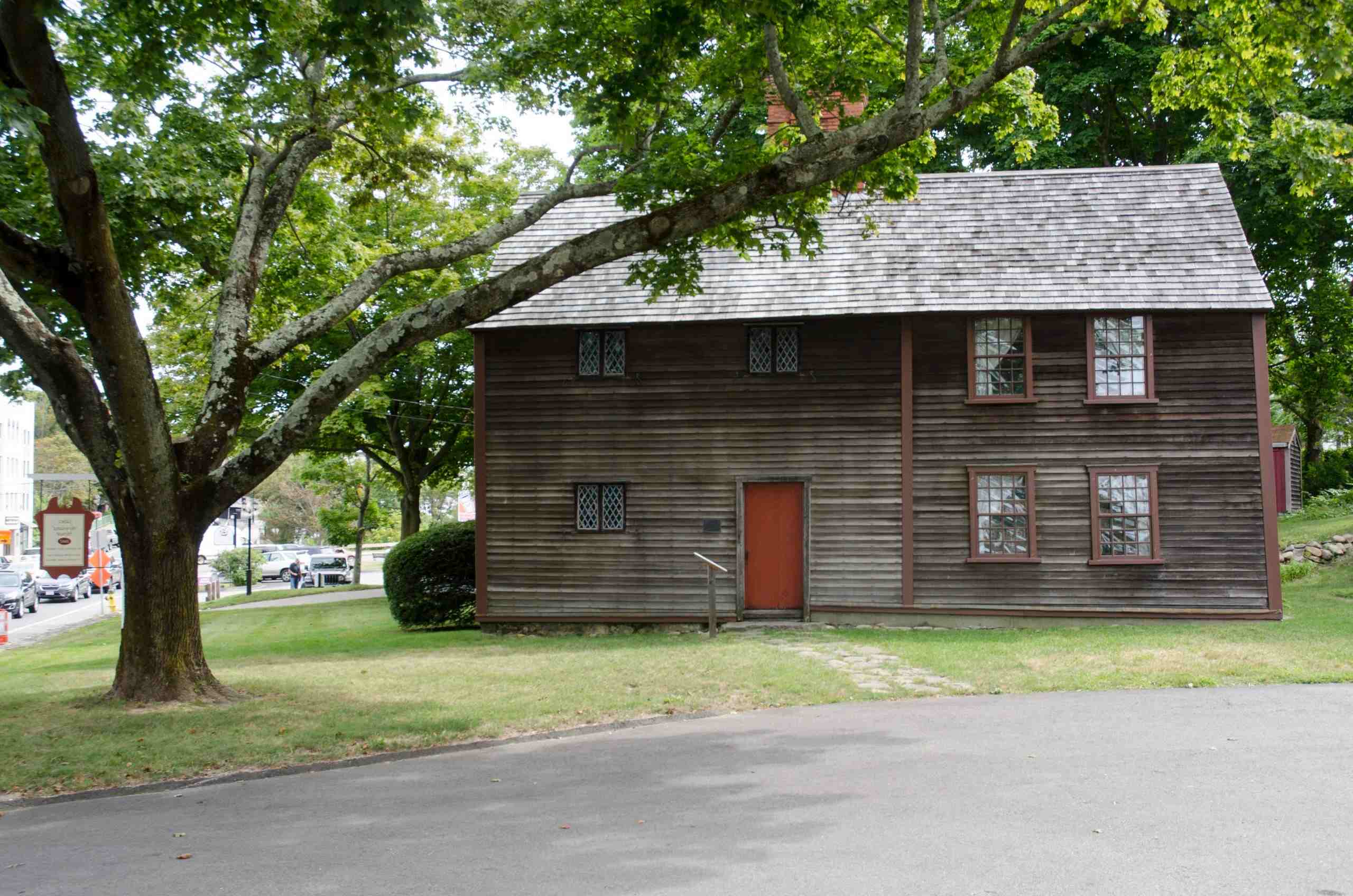Step Back In Time At Plymouth’s Jabez Howland House

Ever wondered what life was like for the Pilgrims? Visit the Jabez Howland House in Plymouth, Massachusetts, and step back in time. This historic home, built in 1667, offers a glimpse into the daily lives of early settlers. As the only remaining house in Plymouth where Pilgrims actually lived, it’s a must-see for history buffs and curious minds alike. Wander through rooms filled with period furniture, artifacts, and stories that bring the past to life. Whether you're a local or a visitor, the Jabez Howland House provides a unique, educational experience you won't forget.
Discover the Rich History of Jabez Howland House
Plymouth, Massachusetts, is a town steeped in history. One of its most fascinating landmarks is the Jabez Howland House. This historic home offers a glimpse into the lives of the Pilgrims and their descendants. Let's explore some key spots within this remarkable house.
The Great Room
The Great Room is the heart of the Jabez Howland House. This room served multiple purposes, from dining to social gatherings. It’s a place where you can almost hear the echoes of past conversations.
- Fireplace: The large fireplace was essential for cooking and warmth. Imagine the meals prepared here using traditional methods.
- Dining Table: The sturdy wooden table hosted countless meals. Picture families sharing stories over hearty dinners.
- Period Furniture: Authentic period furniture fills the room. Each piece tells a story of craftsmanship and daily life.
The Bedrooms
The bedrooms in the Jabez Howland House offer a peek into the sleeping quarters of the past. These rooms are simple yet full of character.
- Master Bedroom: The master bedroom features a canopy bed. It’s easy to imagine the Howland family resting here after a long day.
- Children’s Room: The smaller bedroom was likely for children. Small beds and toys give a sense of the younger residents' lives.
- Guest Room: This room was for visitors. It shows the hospitality extended to guests even in those early days.
The Kitchen
The kitchen is where much of the daily work took place. It’s a functional space that highlights the ingenuity of early settlers.
- Hearth: The hearth was the kitchen’s centerpiece. It was used for cooking, heating water, and baking bread.
- Cooking Utensils: Various cooking utensils are on display. These tools were essential for preparing meals.
- Pantry: The pantry stored food supplies. It’s fascinating to see how food was preserved and stored.
The Attic
The attic of the Jabez Howland House is a treasure trove of historical artifacts. It’s a space that sparks curiosity and wonder.
- Trunks: Old trunks stored clothing and personal items. They offer a glimpse into the belongings of the house’s residents.
- Tools: Various tools used for repairs and maintenance are found here. They show the self-sufficiency of early settlers.
- Old Toys: Children’s toys from the past are scattered around. These items provide insight into the playtime activities of young ones.
The Garden
The garden outside the Jabez Howland House is a peaceful spot. It’s a place where you can reflect on the beauty and simplicity of early colonial life.
- Herb Garden: The herb garden was essential for cooking and medicine. It’s interesting to see the variety of plants grown.
- Vegetable Patch: The vegetable patch provided fresh produce. It’s a reminder of the hard work required to sustain a family.
- Flower Beds: Beautiful flower beds add color and charm. They show the settlers’ appreciation for nature’s beauty.
The Cellar
The cellar of the Jabez Howland House is a cool, dark space. It was used for storage and other practical purposes.
- Root Cellar: The root cellar stored vegetables and fruits. It’s a clever way to keep food fresh without refrigeration.
- Wine Barrels: Wine barrels stored homemade wine. They highlight the settlers’ skills in winemaking.
- Storage Shelves: Shelves held various supplies. They show the organization and planning needed for daily life.
The Study
The study is a quiet room for reading and writing. It’s a place where ideas and plans were formed.
- Writing Desk: The writing desk is where letters and documents were penned. It’s easy to imagine someone working diligently here.
- Bookshelves: Bookshelves hold a collection of old books. They reflect the knowledge and interests of the house’s residents.
- Quill and Ink: Quill and ink sets are on display. They were essential tools for communication and record-keeping.
Final Glimpse of Plymouth's Jabez Howland House
Plymouth's Jabez Howland House offers a unique peek into early American history. Visiting this historic gem, you'll walk through rooms where Pilgrims lived, worked, and built their new lives. The well-preserved artifacts and period furnishings make it easy to imagine daily life in the 1600s.
The knowledgeable guides add depth to your visit, sharing stories that bring the past to life. Whether you're a history buff or just curious, this house provides a tangible connection to America's beginnings.
Don't miss the chance to explore this piece of history. It’s a short trip that leaves a lasting impression, reminding us of the resilience and determination of the early settlers. So, next time you're in Plymouth, make sure to stop by the Jabez Howland House. You'll leave with a deeper appreciation for the roots of American history.

